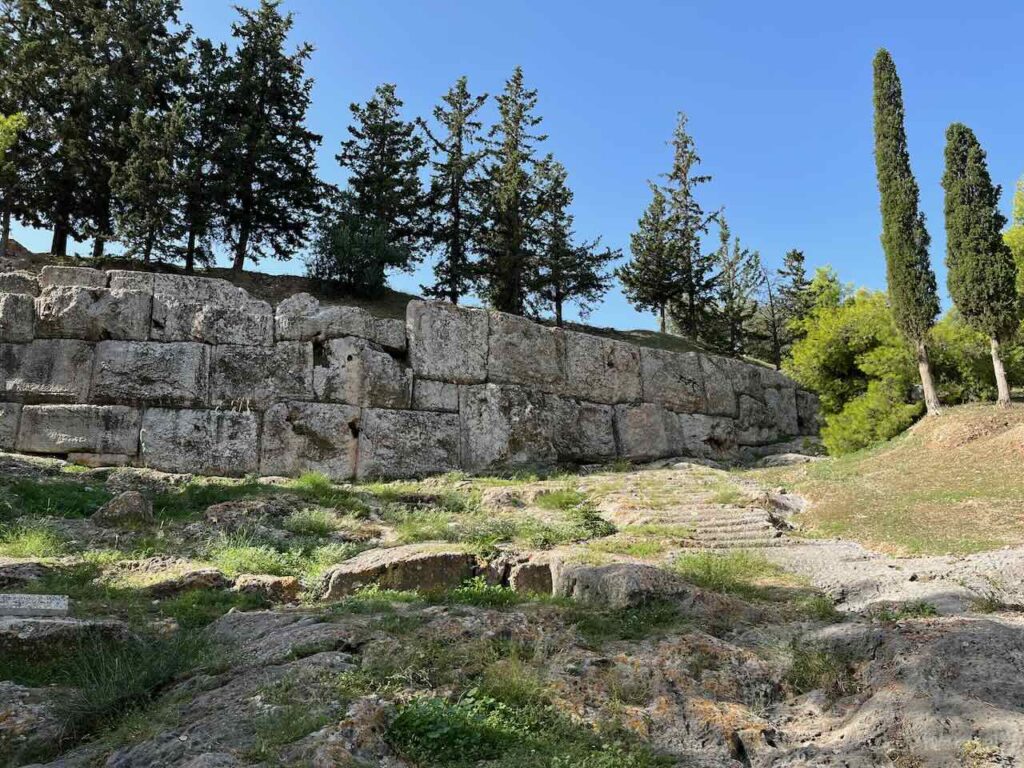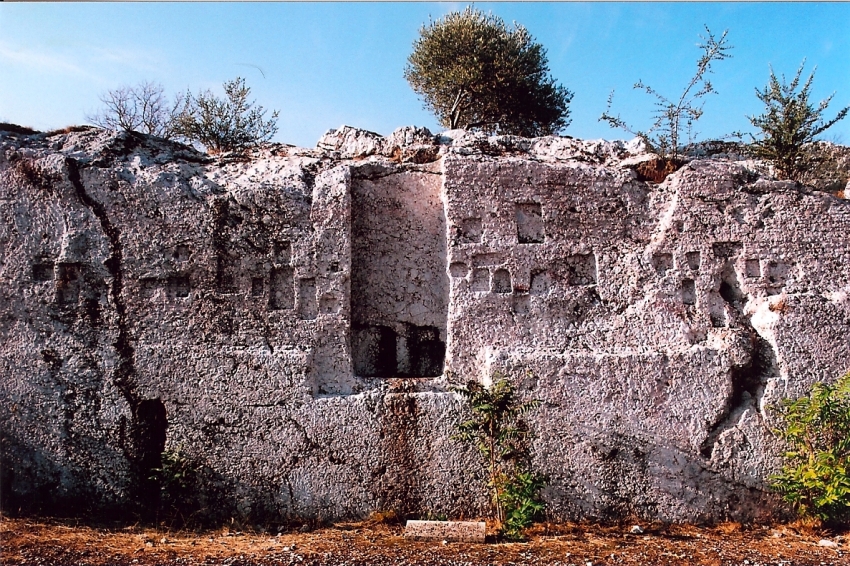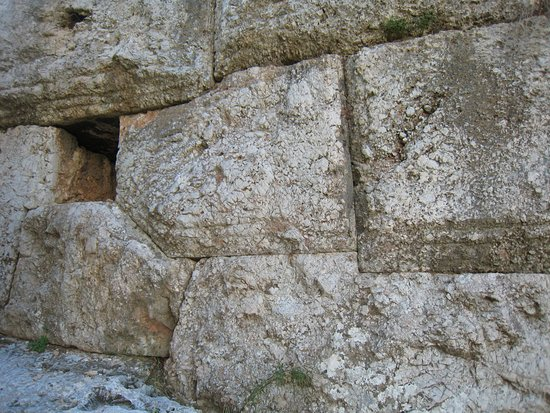PNYX, THE MEGALITHIC LEGACY OF THE PELASGI

The Megaliths of Pnyx, Greece: Echoes of the Pelasgi and Ancient Civic Life
Overlooking the ancient city of Athens, Pnyx is a site of profound historical significance, renowned as the meeting place of the Athenian assembly. But beyond its political legacy, Pnyx also hosts intriguing megalithic structures that invite exploration into the origins and cultural practices of early Greek civilizations. The theory that these structures may have been built by the Pelasgi, an ancient civilization noted in mythological and historical texts, adds an intriguing layer to our understanding of this site.
The Historical Context of Pnyx
Pnyx served as the heart of Athenian democracy, where citizens gathered to discuss and vote on important matters. Dating back to the 5th century BCE, this site is steeped in the political history of ancient Greece. However, evidence suggests that the area was occupied long before the rise of democracy, possibly linked to the Pelasgi, who were credited by ancient sources as some of the original inhabitants of Greece and the builders of the polygonal walls, also called cyclopean walls.
The Pelasgi: Builders of the Megaliths?
The Pelasgi are mentioned in various ancient texts, including those of Herodotus and Homer, and are described as skilled builders and architects. Their potential role as the creators of the megalithic structures at Pnyx invites speculation about the continuity of cultural practices and architectural knowledge from pre-Hellenic times into the classical era.
The Megalithic Structures of Pnyx

1. The Assembly Area
At the heart of Pnyx lies a large, open-air amphitheater carved into the hillside, where the Athenian assembly convened. The seating area, made from massive stone blocks, showcases advanced engineering techniques. While primarily associated with the democratic process, the site’s origins may date back to earlier times, possibly reflecting Pelasgian influence in its construction.
2. The Bema (Speaker’s Platform)
One of the most prominent features of Pnyx is the Bema, a raised platform where speakers addressed the assembly. Constructed from large stones, its design demonstrates the architectural prowess of the builders. The use of megalithic elements suggests a continuity of building practices that could link back to the Pelasgi, whose influence may have persisted even as Athenian society evolved.
3. Sacred Significance
In addition to its civic functions, Pnyx likely held religious significance, as evidenced by altars and offerings found in the area. The layout of the site and its megalithic structures may reflect ancient beliefs about the connection between civic duty and divine favor, possibly incorporating elements from Pelasgian spiritual practices.
The Enigmatic Nature of the Megaliths

1. Cultural Practices
While Pnyx is well-documented as a center of democracy, the specific rituals and cultural practices associated with the megalithic structures remain largely speculative. The potential Pelasgian connection adds an additional layer of complexity, suggesting that earlier traditions may have influenced later practices in Athenian society.
2. Comparison to Other Megalithic Sites
The megaliths at Pnyx share similarities with other ancient sites in Greece, such as the Cyclopean walls of Mycenae and the dolmens scattered across the region. This raises questions about cultural exchange and the spread of architectural techniques, potentially tracing back to the Pelasgi and their legacy.
